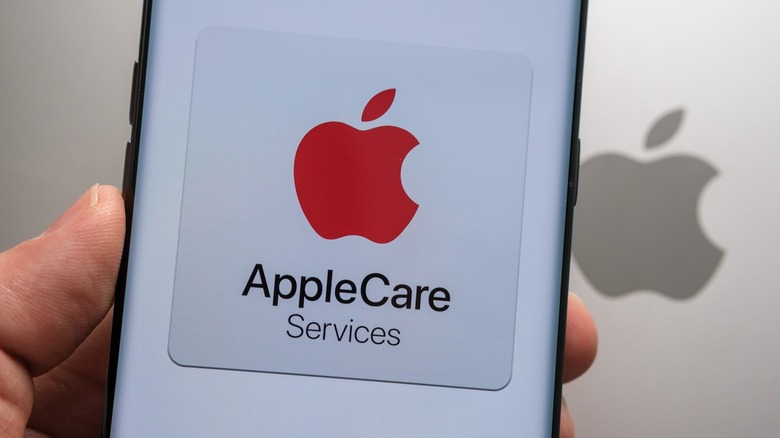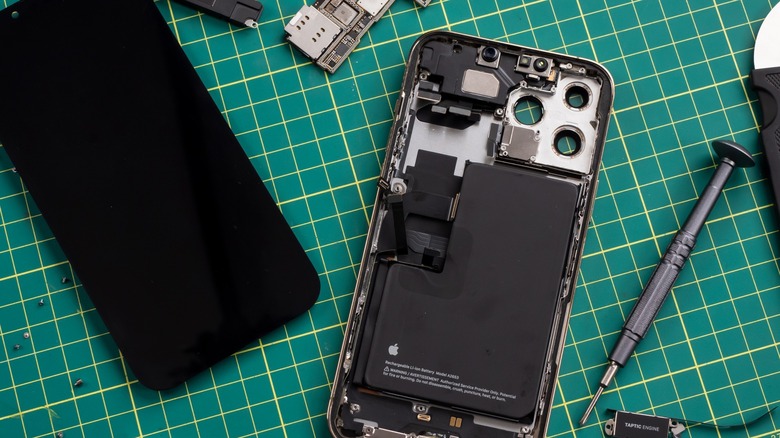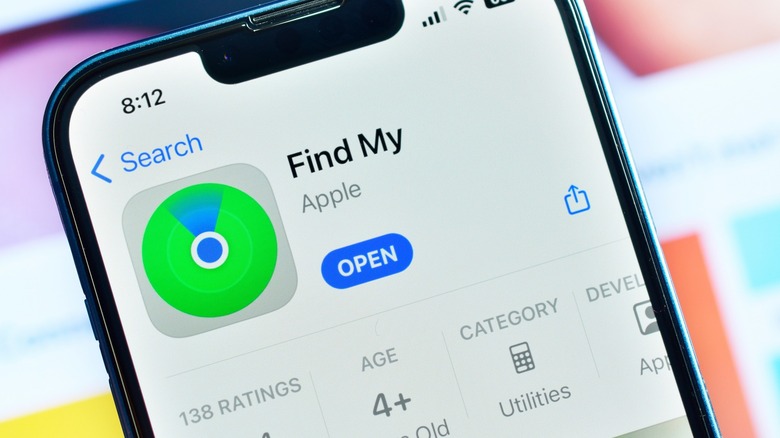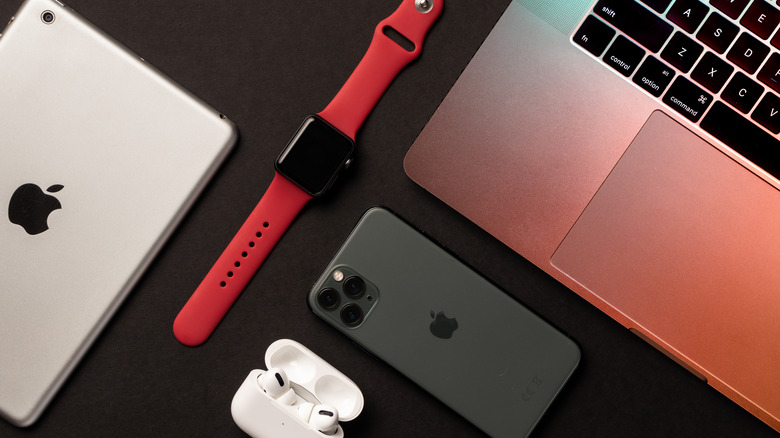Think You're Fully Covered With AppleCare+? Here's What It Doesn't Protect
With every new Apple purchase, consumers should weigh the cost and benefits of paying more to protect their new device for longer. Though Apple's hardware comes with a built-in warranty, typically lasting a period of one year, they also have the option to pay for AppleCare+, an extended service plan designed to further ensure the longevity of its costly hardware.
For example, Apple's iPhone comes with only one year of basic AppleCare coverage. Under this warranty, the iPhone is only covered for defects and hardware malfunctions that occur within the first year, which means anything that can be attributed to user error isn't covered. The included plan also comes with 90 days of phone or chat technical support. It's a limiting option that may leave you anxious over the long-term protection of your devices. That's where AppleCare+ is supposed to help.
Unfortunately, even under the extended warranty, you may be left with surprising gaps in what Apple is willing to remediate.
Breaking Down AppleCare+ Coverage
AppleCare+ serves as a sort of insurance plan for all Apple products, allowing unlimited repairs for accidental damage at a greatly reduced cost. Under the paid plan, repairing a cracked screen on an iPhone 15 Pro Max is estimated to cost $29, compared to $379 under the standard warranty. Other services covered by the extended insurance include glass damage, battery replacement, and camera repair, all with reduced deductibles.
However, this isn't an all-inclusive service, and there are still many stipulations that may leave a device without coverage. Per the official terms of service, any damages caused by equipment not protected by an Apple warranty are not covered. This could include charging port damage caused by a third-party charger or overheating spurred by an unlicensed wireless charger. Devices also aren't protected by acts of God like fires, earthquakes, flooding, and "other external causes."
The exhaustive list also notes limitations to the technical support available via the premium plan. Under AppleCare+, technicians will not assist with beta or prerelease software, issues remedied by upgrading software, or defects arising from the use of "third-party products."
Pricing varies from device to device, with options available as low as $2.49 per month for certain Apple Watch products. Specific monthly and annual costs can be found via the AppleCare Products page, Apple's My Support portal, or by calling Apple directly.
Going Beyond AppleCare+ Coverage
For all that AppleCare+ doesn't cover, you'll want to consider extended in-house plans or alternative options outside of Apple. When considering how expensive something like an iPhone is, one of the most significant gaps in coverage is theft or loss.
Thankfully, Apple does offer a premium option that allows for two theft or loss incidents per year. The catch? It requires "Find My" to be activated on the device, and there is a deductible for each instance of loss or theft. Some users may be wary of the security risk posed by using the device's "Find My" feature, especially in light of incidents like the Zero-Click Hack exploited by spyware company NSO in early 2023 that used since-patched vulnerabilities within the helpful feature to access user data.
Though AppleCare+ is the easiest option for insuring Apple's ecosystem of devices, it's not the only one on the market that protects users from damage and theft. Third-party insurance companies have been touting themselves as cheaper and more inclusive alternatives. Even those come with their own pitfalls.
Alternatives to AppleCare+
Mulberry, for example, offers an unlimited coverage option for an entire suite of devices, appliances, and hardware. Under the Mulberry Unlimited plan, you'll have coverage for an unlimited number of items with no limit on how many claims you can file. There are also no out-of-pocket costs, and the service covers damage caused by user error. You'll want to note, though, that Mulberry Unlimited tops its repair costs off at $2,500 per claim and does not cover smartphones, so you can't include your iPhone.
Another alternative is Upsie, a more inclusive insurance plan that does cover smartphones. Unlike Mulberry, Upsie requires a deductible for all repairs except screen repairs. Repairs through Upsie are generally cheaper than AppleCare+, with Upsie offering free screen repairs and $75 for other repairs compared to $29 and $99, respectively, through Apple's premium model. However, Upsie only allows for two damage claims per year.
Allstate also offers device protection insurance, though it may be the least appealing of the available options. Its smartphone protection includes a $149 deductible for all claims, which is up to $50 more than AppleCare+'s highest deductible, and only four claims can be filed per plan.
When deciding whether extended coverage under AppleCare+ or a third-party option is worth it, consider that, per a survey performed by AT&T, more than 70% of all users have experienced a broken smartphone.



